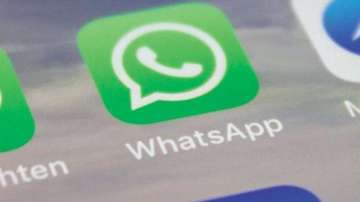A security bug has been found in Facebook-owned instant messenger WhatsApp that could let attackers obtain access to a device and steal data by sending a malicious GIF file.
The danger stems from a double-free bug in WhatsApp, according to a researcher going by the nickname Awakened, The Next Web reported on Wednesday.
A double-free vulnerability is a memory corruption anomaly that could crash an application or open an exploit vector that attackers can abuse to gain access to users' device.
According to Awakened's post on GitHub, the flaw resided in WhatsApp's Gallery view implementation that is used to generate previews for photographs, videos and GIFs.
All it takes to perform the attack is to craft a malicious GIF and wait for the user to open the WhatsApp gallery, the report added.
"The exploit works well until WhatsApp version 2.19.230. The vulnerability is officially patched in WhatsApp version 2.19.244," wrote the researcher.
The bug also works for Android 8.1 and Android 9.0 OS but does not work for Android 8.0 and below.
In the older Android versions, double-free could still be triggered. However, because of the malloc calls by the system after the double-free, the app just crashes before reaching to the point that we could control the PC register, according to a report in Gizmodo.
This is not the first time that concerns have been raised about the data security and privacy features on the app. Earlier this year, a report claimed a bug in this Facebook-owned messaging app allowed hackers to access the device by slipping in spyware on the user device. Though claimed to have fixed this issue after it was brought up, it didn't give any information about the users affected by the bug.
(With IANS input)
